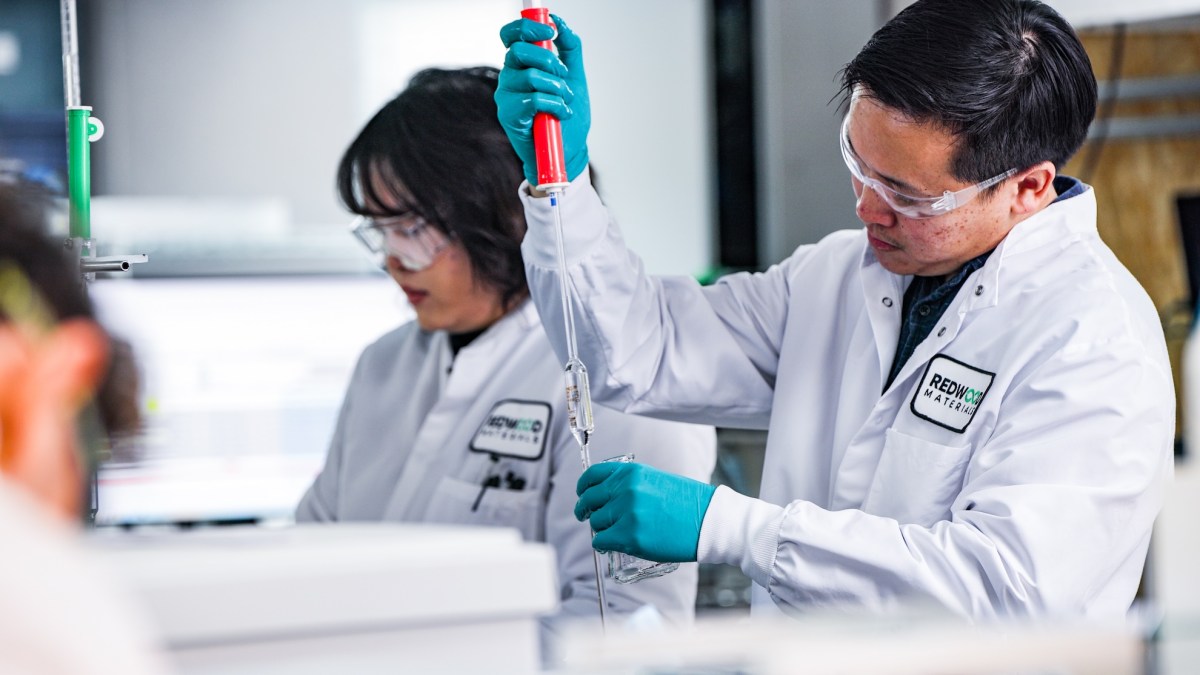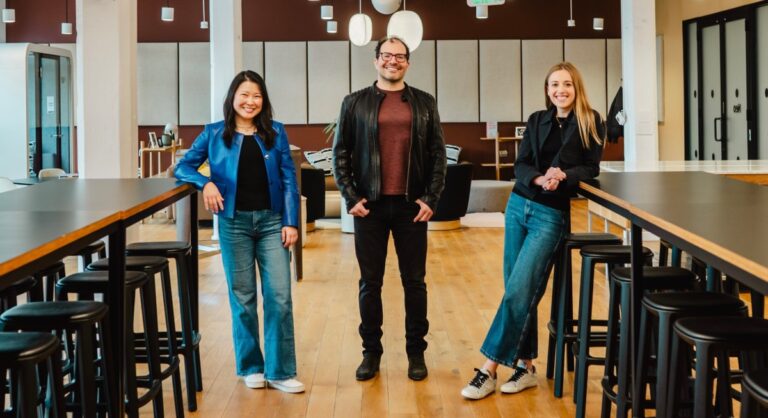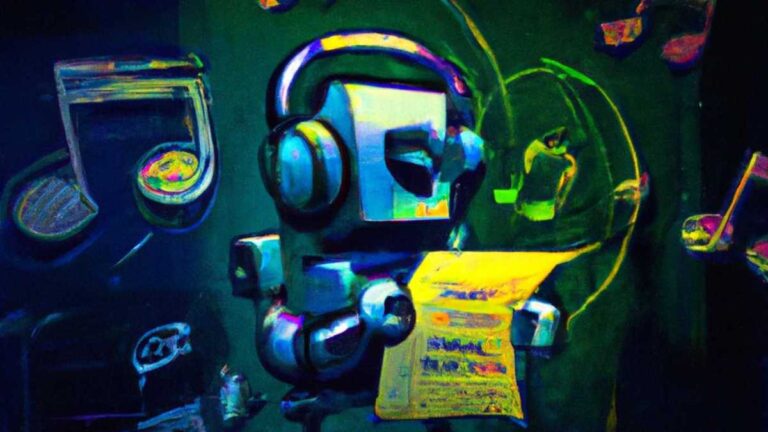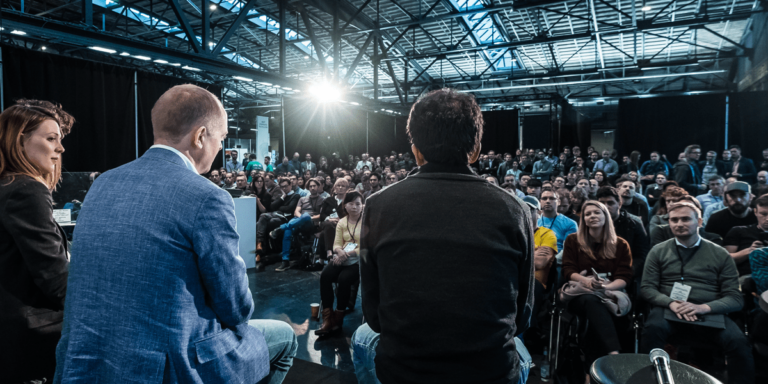Redwood Materials Unveils New R&D Center in San Francisco to Fuel Expansion and Innovation
Redwood Materials is making headlines with its ambitious expansion strategy in the lithium-ion battery recycling sector. This Nevada-based startup is not only increasing its operational footprint but also forging significant partnerships with industry giants like Toyota, Panasonic, and General Motors. As part of its growth, Redwood has initiated the construction of a new facility in South Carolina and has even expanded its presence to Europe.
New Research and Development Center in San Francisco
Colin Campbell, the Chief Technology Officer (CTO) of Redwood Materials, recently identified a significant gap in the company’s workforce. To address this, the company has established a 15,000-square-foot research and development center in San Francisco’s Design District. This facility is designed to support engineers across various domains of the battery ecosystem, including:
- Chemical engineering
- Cathode science
- Software engineering
- Electrical engineering
With the potential to enhance the production of cathodes—critical components of lithium-ion batteries—this center is pivotal for Redwood’s future. The company reported an impressive $200 million in revenue in 2024.
Growth Potential and Talent Acquisition
Although the San Francisco center currently hosts only a few engineers, Campbell envisions hiring approximately 50 professionals in the near future. He emphasized that while the company had a successful year, its growth was constrained by hiring challenges. By establishing a presence in San Francisco, Redwood aims to tap into the region’s rich talent pool of hardware and software engineers, which is crucial for their expansion.
Understanding Lithium-Ion Batteries
Lithium-ion batteries consist of three essential components:
- Anode (negative electrode)
- Cathode (positive electrode)
- Electrolyte (the medium that facilitates ion transfer)
The cathode foils, which constitute over half the cost of a battery cell, include valuable materials such as lithium, nickel, and cobalt. Redwood Materials specializes in capturing and recycling these materials, contributing significantly to its business model.
Building an End-to-End Battery Ecosystem
Redwood is not just focused on recycling; it is developing a comprehensive battery ecosystem that spans the entire lifecycle of lithium-ion batteries. This includes:
- Recycling of used batteries
- Refining of materials
- Remanufacturing processes
- Extending battery life through health assessments
Campbell emphasized the importance of developing specialized equipment for Redwood’s factories, noting that the lack of an industrial base in the U.S. poses challenges in creating innovative and cost-effective machinery.
Innovative Diagnostic Methods
The engineers at the new lab will also focus on creating battery diagnostic tools. These tools will help assess the health of battery packs, allowing Redwood to optimize its recycling processes. Campbell believes that such diagnostics could significantly enhance the company’s operations by enabling direct recycling of defective packs.
A Commitment to Sustainability
While Campbell acknowledges that diagnostics may not become a primary revenue stream for Redwood, he insists that it aligns with the company’s overall mission. He stated, “We have this constitutional distaste for retiring things before they need to be retired.” This philosophy underlines Redwood’s commitment to sustainability and responsible resource management.
For more information on Redwood Materials and its innovative approaches to battery recycling and sustainability, visit their official website at Redwood Materials.






